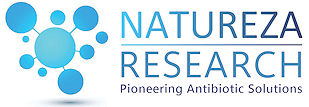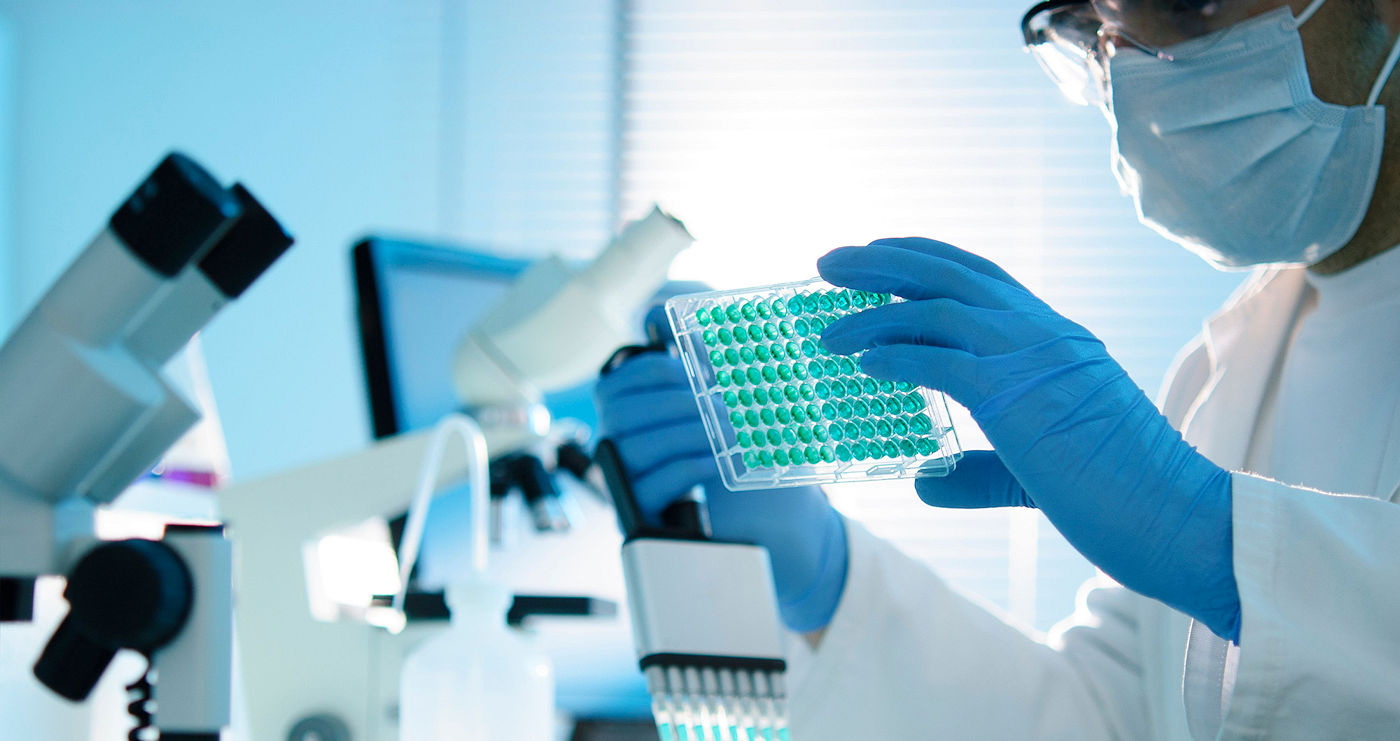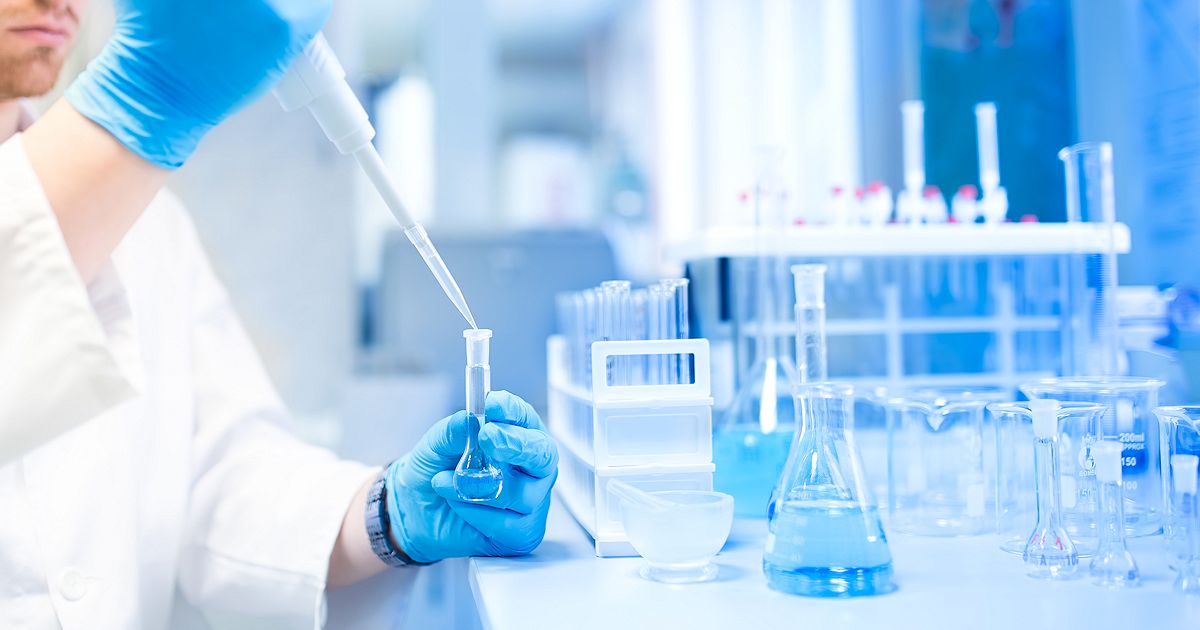Antimicrobial Resistance
20 August 2017 | WHO News Release | Geneva
Antimicrobial Resistances
20 August 2017 | WHO News Release | Geneva
Many of the medical breakthroughs of the last century could be lost through the spread of antimicrobial resistance. Previously curable infectious diseases may become untreatable and spread throughout the world. This has already started to happen.
The report “Antimicrobial resistance: global report on surveillance 2014” showed that antimicrobial resistance is everywhere and has the potential to affect anyone, of any age, in any country.
In April 2015, WHO published a “Worldwide country situation analysis: Response to antimicrobial resistance”. It revealed that while much activity is underway and many governments are committed to addressing the problem, there are major gaps in actions needed across all 6 WHO regions.
This fact file describes the threat of drug resistance, some of its main causes, and how WHO is helping to lead the global response.
Drug Resistance is a Global Problem
Over the past years, the use and misuse of antimicrobials has increased the number and types of resistant organisms. Consequently many infectious diseases may one day become uncontrollable. With the growth of global trade and travel, resistant microorganisms can spread promptly to any part of the world.
What Causes Drug Resistance?
Drug resistance is a natural evolutionary phenomenon. When microorganisms are exposed to an antimicrobial, the more susceptible organisms succumb, leaving behind those resistant to the antimicrobial. They can then pass on their resistance to their offspring.
The Pipeline for New Tools to Combat Drug Resistance is Almost Dry.
Existing antibiotics and anti-parasitic drugs, and, to a lesser extent, antiviral drugs, are losing their effect. At the same time there is insufficient investment in developing new antimicrobials. Similarly, there is insufficient new research into new diagnostics to detect resistant microorganisms; and new vaccines for preventing and controlling infections. If this trend continues, the arsenal of tools to combat resistant microorganism will soon be depleted.
What is Antimicrobial Resistance?
Antimicrobial resistance is the ability of a microorganism (like bacteria, viruses, and some parasites) to stop an antimicrobial (such as antibiotics, antivirals and antimalarials) from working against it. As a result, standard treatments become ineffective, infections persist and may spread to others.
Drug Resistance is a Global Problem
Over the past years, the use and misuse of antimicrobials has increased the number and types of resistant organisms. Consequently many infectious diseases may one day become uncontrollable. With the growth of global trade and travel, resistant microorganisms can spread promptly to any part of the world.
Inappropriate Use of Medicines Worsens Drug Resistance
Inappropriate use of antimicrobials drives the development of drug resistance. Both overuse, underuse and misuse of medicines contribute to the problem. Ensuring that patients are informed about the need to take the right dosage of the right antimicrobial requires action from prescribers, pharmacists and dispensers, pharmaceutical industry, the public and patients, as well as the policy makers.
Lack of Quality Medicines Contributes to Drug Resistance
Most drug quality assurance systems are weak. This can lead to poor quality medicines, exposing patients to sub-optimal concentrations of antimicrobials, thus creating the conditions for drug resistance to develop. In some countries poor access to antimicrobials forces patients to take incomplete courses of treatment or to seek alternatives that could include substandard medicines.
Animal Husbandry is a Source of Resistance to Antibiotics
Sub-therapeutic doses of antibiotics are used in animal-rearing for promoting growth or preventing diseases. This can result in resistant microorganisms, which can spread to humans.
Poor Infection Prevention and Control Amplifies Drug Resistance
Poor infection prevention and control can increase the spread of drug-resistant infections. Hospitalized patients are one of the main reservoirs of resistant microorganisms. Patients who are carriers of resistant microorganisms can act as a source of infection for others.
The Pipeline for New Tools to Combat Drug Resistance is Almost Dry
Existing antibiotics and anti-parasitic drugs, and, to a lesser extent, antiviral drugs, are losing their effect. At the same time there is insufficient investment in developing new antimicrobials. Similarly, there is insufficient new research into new diagnostics to detect resistant microorganisms; and new vaccines for preventing and controlling infections. If this trend continues, the arsenal of tools to combat resistant microorganism will soon be depleted.
WHO Calls on Stakeholders to Combat Drug Resistance
The threat from drug resistance is increasing. There is a need for urgent action; everyone must play a part. At the Sixty-eighth World Health Assembly in May 2015, Member States endorsed a global action plan to tackle antimicrobial resistance. The goal of the draft global action plan is to ensure, for as long as possible, continuity of successful treatment and prevention of infectious diseases with effective and safe medicines that are quality-assured, used in a responsible way, and accessible to all who need them. Countries have been encouraged to develop national action plans to help achieve the global action plan objectives. So far 79 countries have national action plans, and a further 49 countries are in the process of developing a plan.
Original Article Link
Natureza Patents New Antibiotic Agents
Natureza’s patented formulations introduce a transformative new class of antibiotic agents that overcome bacterial resistance and removes the time barrier of investment return.
Natureza’s research offers a true paradigm shift, one that would remove the imbalance in development cost by eliminating the ability of bacteria to become resistant. With the promise of new drugs being able to be marketed for years providing not only the time to recover investment, but a profit as well, a new investment environment would emerge that would encourage the development of new, much needed antibiotics.
This work is protected by several US and foreign patents and patent applications.
Lack of New Antibiotics Threatens Global Efforts to Contain Drug-Resistant Infections
“Never has the threat of antimicrobial resistance been more immediate and the need for solutions more urgent,” says Dr Tedros Adhanom Ghebreyesus, Director-General of WHO.










